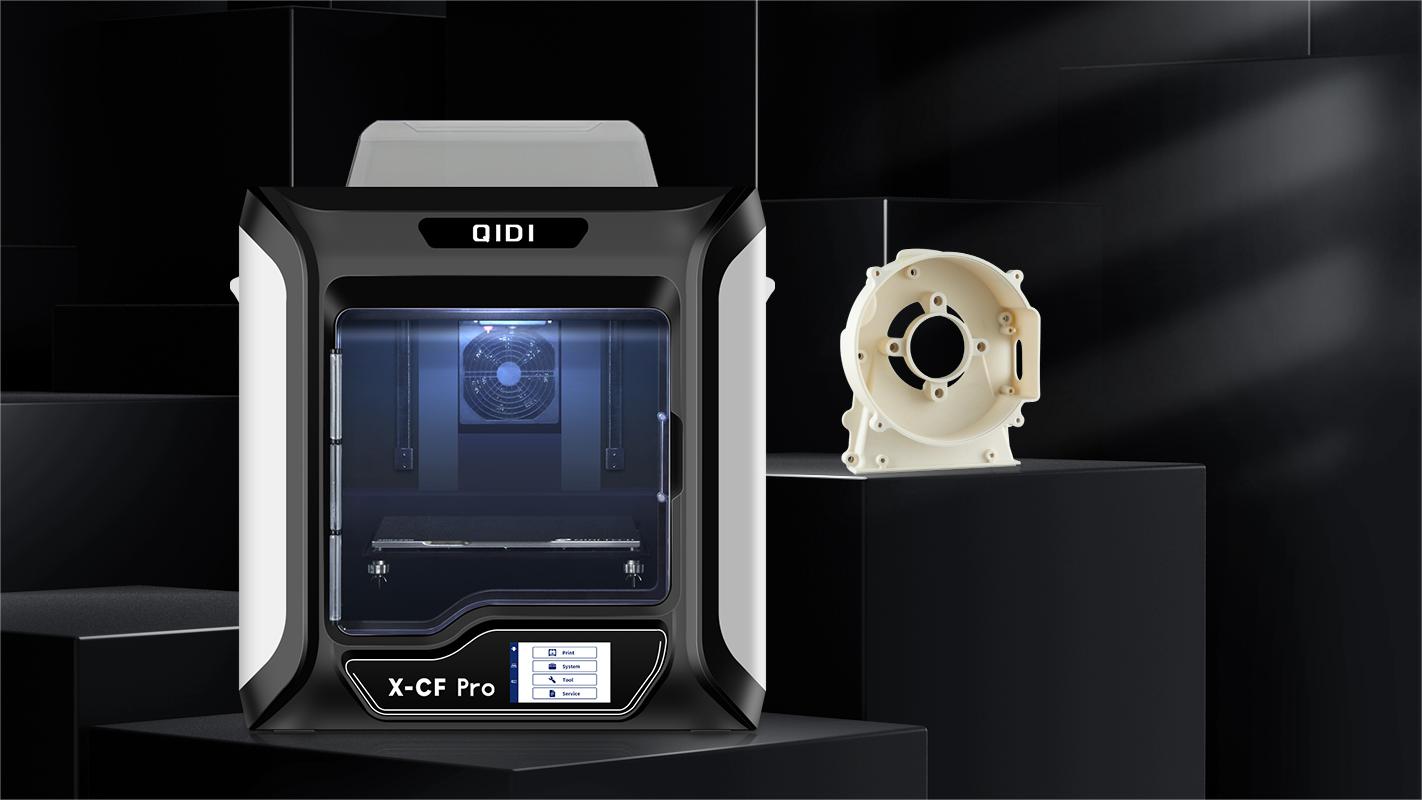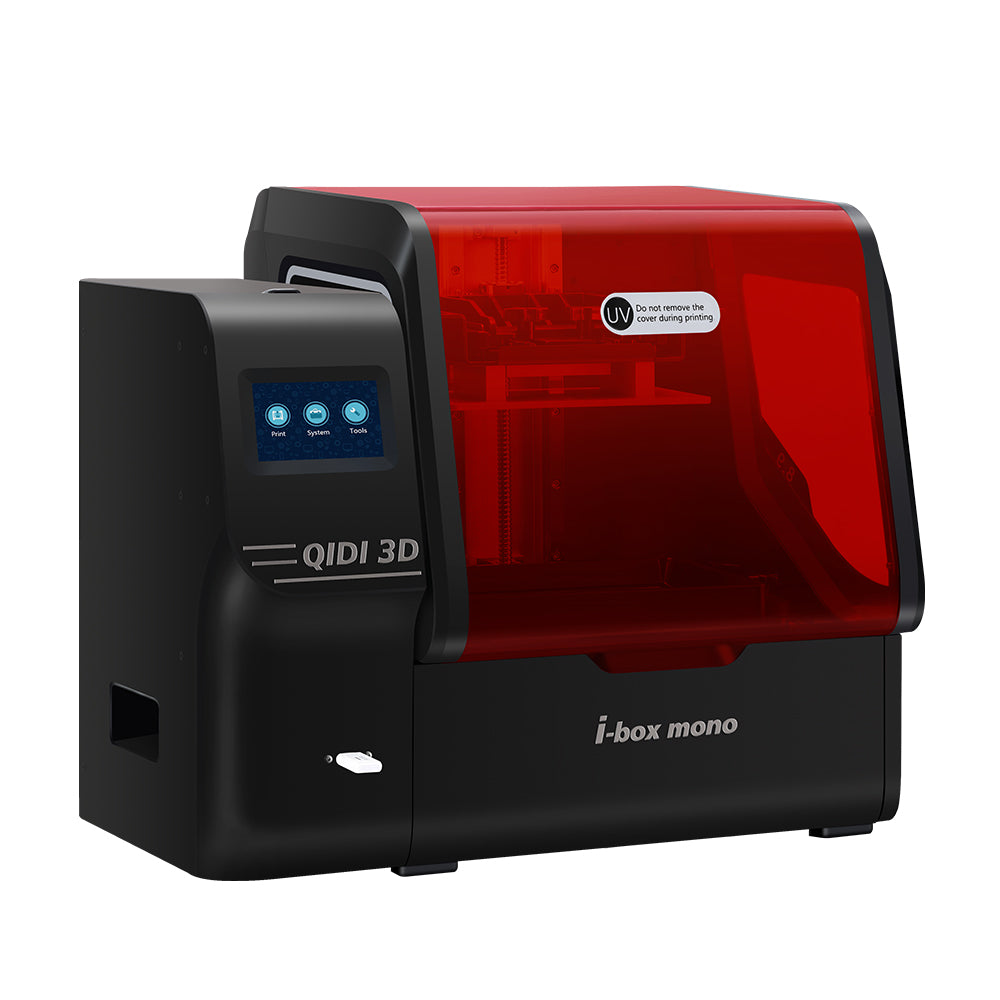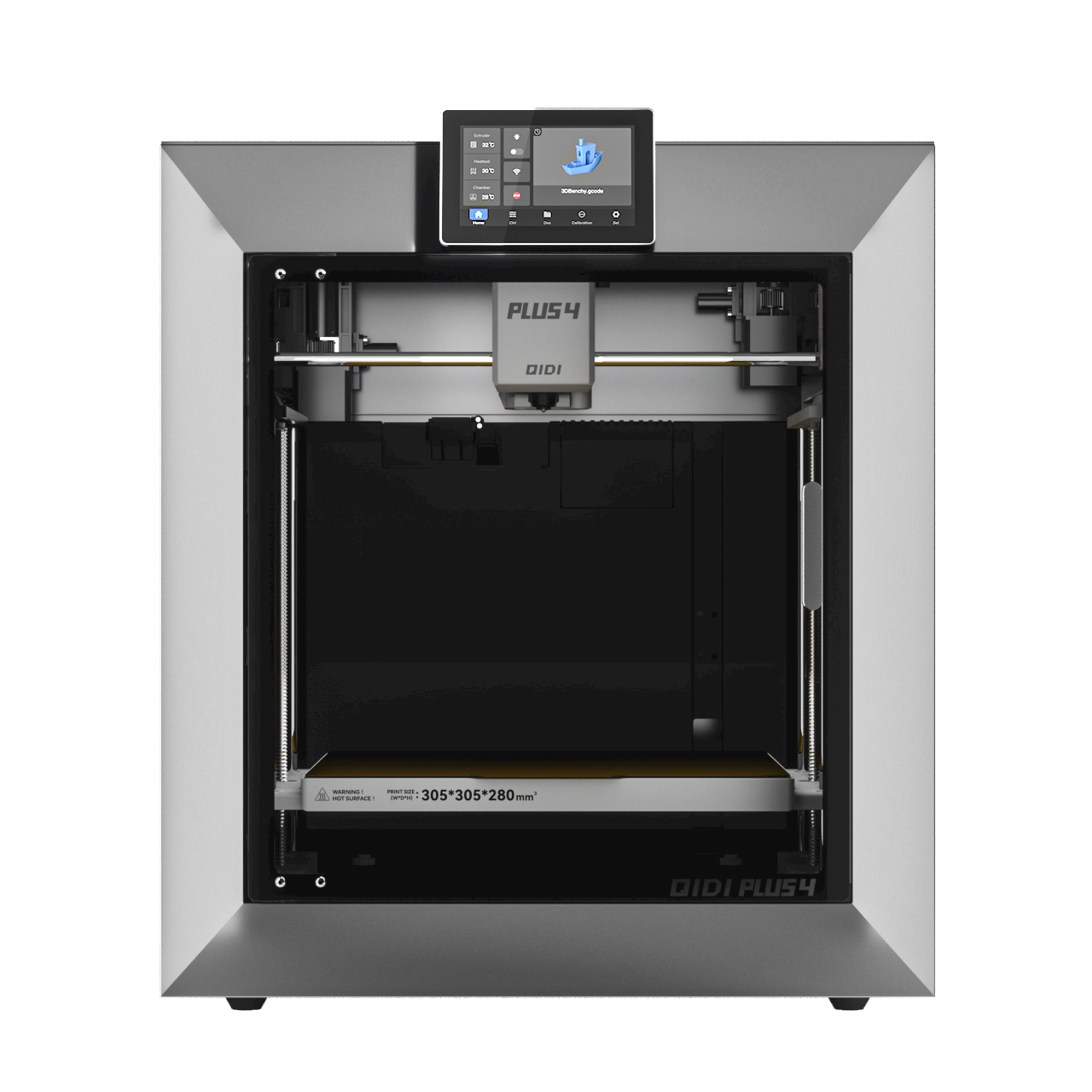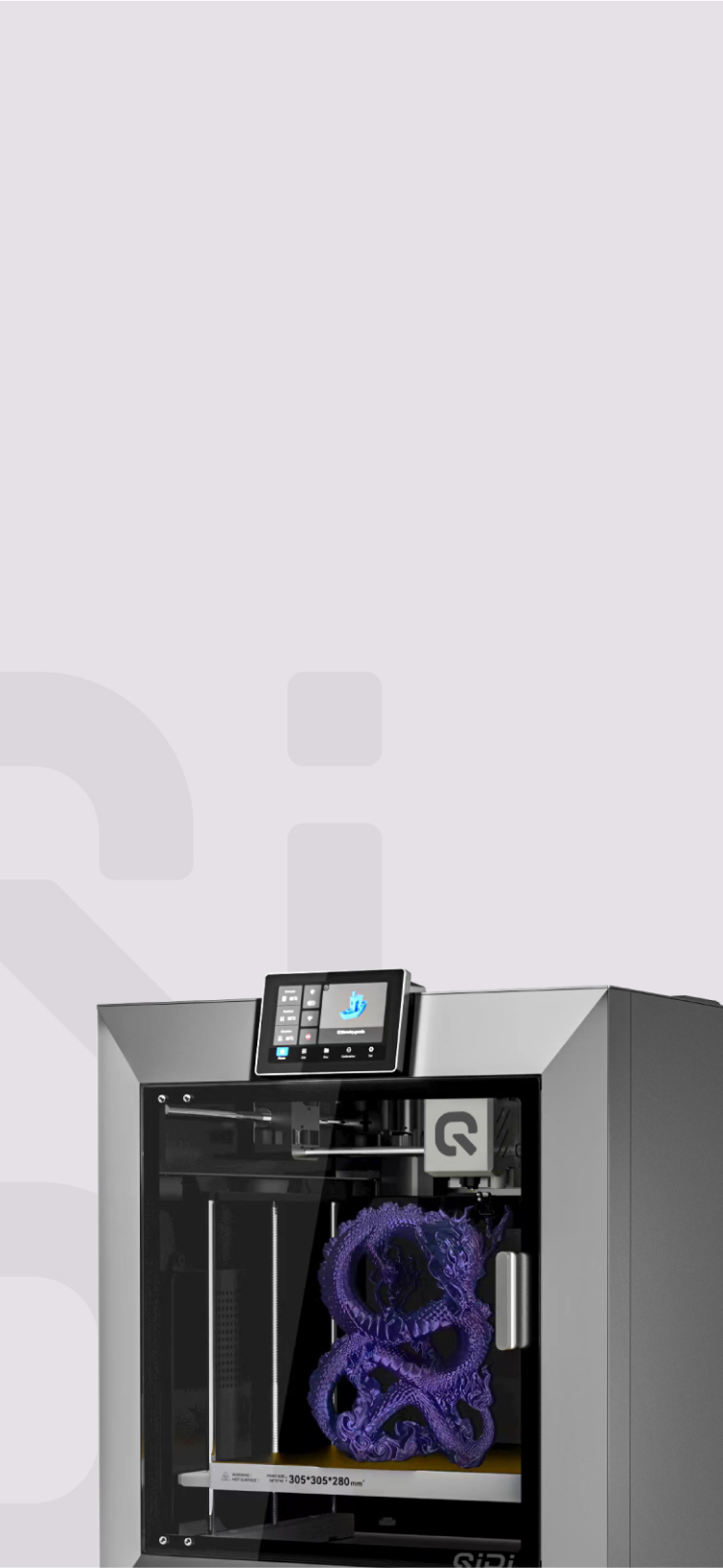Resin or Filament 3D Printers: Which is Better for Beginners?


As an aspiring maker buying your first 3D printer, you likely feel overwhelmed by unfamiliar devices boasting of "unparalleled resolution" or "industrial-grade materials." This beginner's guide breaks down the divergence between the two most prolific methods - filament printing and resin printing - spanning factors like application fit, economics, print quality, safety, and more. Read on before taking the 3D printing plunge!
Quick Comparison: Resin vs. Filament 3D Printers
| Feature | Filament | Resin |
|---|---|---|
| Pros | Cost-effective, easy to use | High resolution, smooth finish |
| Cons | Visible layers, fumes | Toxic, more expensive |
| Setup | Simpler assembly | Steep learning curve |
| Maintenance | Regular cleaning | Intensive safety measures |
| End Product | Functional prototypes | Detailed models |
How Filament 3D Printers Function
Filament 3D printers utilize a process called Fused Deposition Modeling (FDM) to build parts layer-by-layer from thermoplastic filament. The printer feeds filament from a spool into a hot nozzle that heats the material to a semi-molten state. The nozzle deposits the filament onto the print bed following the CAD model geometry. As the layers build up, they fuse together to create a solid 3D object. Filament printers typically use common plastics like PLA, ABS, and PETG that serve as cheap, widely available printing materials.
Pros of Filament Printing for Beginners
Ease of Material Change
Desktop filament printers allow users to simply swap spools to print in different materials. With hundreds of filament types available in standard diameters, beginners can experiment with materials like durable nylon, flexible TPU, specialty blends containing wood, carbon fiber, and more with just a quick spool change.
Wide Range of Material Options
In addition to common plastics like PLA and ABS, filament printing boasts an abundant selection of materials with unique properties spanning flexible, durable, heat/chemically resistant, decorative, and more. This grants users creativity in finish effects and function.
Cost Effectiveness and Accessibility
Both desktop filament printers and associated materials tend to cost reasonably little compared to other printing methods. With competitive prices across machines catering to all budgets plus cheap spools, filament printing provides the most affordable dive into rapid prototyping.
Potential for Strong Parts
Parts printed from materials like ABS and nylon can achieve considerable tensile strength when printed with optimal orientations and infill levels. Functional tools, robotics components, production end-use pieces, and more are realizable.
Cons of Filament Printing for Beginners
Visible Layer Lines and Post-Processing
Due to the additive fabrication path, traces between the vertical 2D layers remain visible in angled or curved geometries. Sanding and painting become necessary if aiming for glass-smooth finishes, adding effort.
Anisotropic Nature of Prints
Interlayer adhesion varies across different part axes resulting in lower strength when pulling layers apart versus tearing bonds within a layer. This requires careful orientation of geometry to mechanical loads.
Ventilation Requirements Due to Potential Fumes
Molten plastic and particulates from higher-temperature materials like ABS emit unpleasant odors. Beginners must provision sufficient workspace ventilation and air filtration solutions upfront.

How Resin 3D Printing Work
Resin 3D printers utilize a pool of liquid photopolymer resin, selectively curing it layer-by-layer with light to build parts. Common light projection technologies include stereolithography (SLA), Digital Light Processing (DLP), or LED masking. A build platform lowers through the resin vat allowing new liquid layers to form between exposures. Once complete, the solidified resin print must be rinsed and cured.
Pros of Resin Printing for Beginners
High-Quality Surface Finish and Resolution
With resin printers solidifying an entire layer at once, the surface finish emerges glossy and smooth up to 25 microns resolution surpassing filament capabilities. This allows remarkably detailed miniatures.
Isotropic Part Production
The uniform curing of liquid resin enables strong isotropic properties unaffected by layer alignment like in FDM printing. Parts resist breakage equally in all directions.
Ideal for Intricate Model Making
Unmatched precision down to 25 microns paired with layerless surfaces makes resin perfect for exceptionally detailed paintable miniatures for gaming or props and jewelry with negative space that filament struggles to produce without immense finishing.
Cons of Resin Printing for Beginners
Toxicity Concerns
Liquid resins remain hazardous needing protection from skin contact. Printing also releases micro-particulates requiring gloves, respirators, and enclosure filtration solutions to print safely, imposing steep learning expectations.
Machine and Material Costs
Combined printer hardware, recurring resin bottles, and finishing supply costs stack far above filament printing packages making resin capabilities a pricier investment for beginners.
Multi-Step Post-Print Processing
Prints straight off the resin printer undergo a multi-step cleanse including solvent washing, UV light curing chambers, and more mandatory steps before use adding hours of labor novices must accommodate in project timelines.

Comparative Analysis for Beginners
Performing a holistic assessment across factors that impact first-time users' ongoing experience and long-term printing success provides deeper insights before choosing a printer type suitable for beginners.
1. Initial Setup and Learning Curve
Entry-level desktop filament machines feature quicker assembly with limited calibration versus resin's multi-part vat requiring leak-proof installation. Filament offers a more gradual learning ramp with fewer initial intimidating failure points.
2. Ongoing Maintenance and Safety
Resin materials demand significantly greater safety investments in personal protective equipment, vapor filtration, UV curing equipment, and hazardous waste disposal training. Beginners underestimate this responsibility gap.
3. Long-term Costs and Upgrades
While filament devices cost notably less upfront, resin printers bring recurring consumable expenses for resin bottles, filters, and finishing supplies eclipsing filament over 2-3 years. Budget availability for upgrades like a curing apparatus also varies greatly.
4. End Product Quality Expectations
Idealized marketing showcases and exaggerates beginner print quality. Filament printed parts serve well for visual prototyping with some finishing but lack resin's stunning miniatures boasting impeccable accuracy and smoothness. Manage expectations accordingly.
Factors to Consider When Selecting a 3D Printing Method
With a grasp on the differentiated capabilities and limitations between methodologies, deciding what best aligns with needs and constraints involves assessing:
1. Intended Use and Project Types
Match the printer technology to planned applications. Filament suits prototypes, tools, and household items. Resin excels at detailed miniatures, jewelry, and models valuing ultra-precise features shoppers can't physically test firsthand before purchase.
2. Budget Considerations
Resin printers and recurring material/maintenance costs quickly eclipse filament ownership. Beginners especially must gauge affordable access to machines, replacement supplies, and necessary accessories like curing equipment over a 2-3 year timeframe.
3. Workspace Limitations and Safety Factors
Toxic resin handling warrants extensive personal protection including disposable gloves, particle masks, and workspace ventilation filters. Without appropriate bounded workshop conditions in place beforehand, beginners risk health and environmental negligence.
4. Time Investment in Operation and Post-Processing
The workflow time commitment variance is often overlooked. Pre-print resin equipment calibration, post-print wash curing, and model support removal can easily triple stage time investments compared to filament projects before factoring in failed print troubleshooting.
Assessing needs around highly detailed fabrication required, operating budgets, safety provisions, and labor time investments helps identify suitable beginner technology. Seeking local user group feedback is also recommended.

The Takeaway
When selecting a first 3D printer, beginners must balance technology capabilities against individual expertise. Filament printers provide the most accessible, affordable route for exploring personal fabrication, enabling progressive skill building around tolerated design limitations. Resin systems unlock superior accuracy and surface finish, however also impose heightened safety precautions, post processing, and operating budgets novices often underestimate. Rather than declaring outright technology superiority, individuals should thoroughly and honestly self-appraise needs and constraints prior to adoption.


 Q2
Q2
 QIDI Box
QIDI Box
 Plus 4
Plus 4
 Q1 Pro
Q1 Pro
 X-Max 3
X-Max 3

